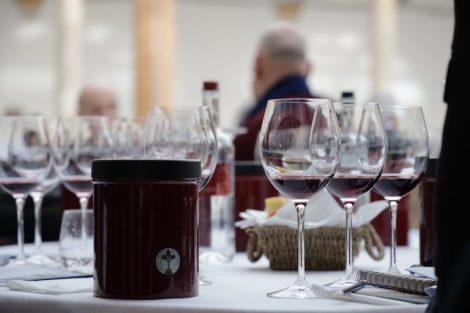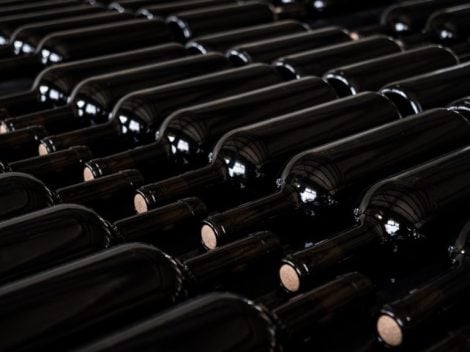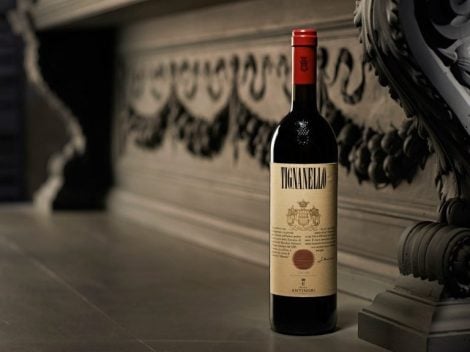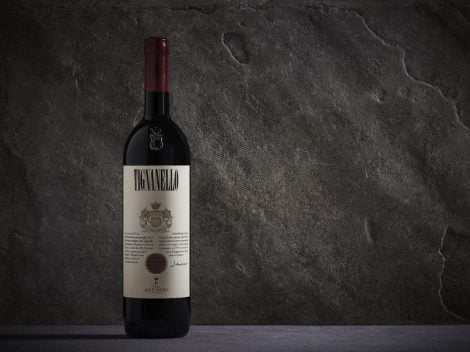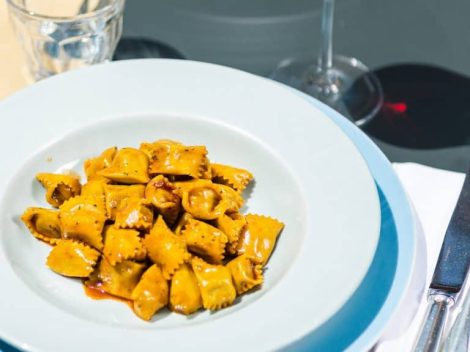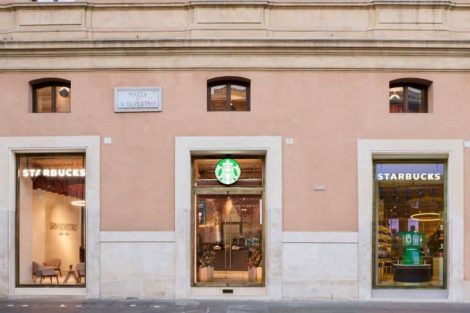When it comes to red wine in Abruzzo, it's evident that we are talking about Montepulciano. The grape, in fact, finds its origins in the Peligna Valley, in the central-southern part of the region, and from here, it spread to the rest of Abruzzo and neighboring regions. Montepulciano is widely cultivated in the nearby Marche region and, to a lesser extent, in Umbria, Lazio, Molise, and Puglia.
The history of Montepulciano is long and intricately intertwined with that of another important central Italian black grape variety, Sangiovese. Despite lacking genetic affinity, these two grapes were historically confused for centuries. The culprit was Sante Lancerio, the butler of Pope Paolo III (around the mid-1500s), who referred to the wine from the Tuscan town of Montepulciano as "Montepulciano," even though it was already produced with Sangiovese at that time.
With the spread of Sangiovese, the nomenclature confusion increased. This confusion persisted into the early 20th century when major ampelographers still couldn't distinguish between Montepulciano and Sangiovese. However, some had already sensed the differences. In a mid-19th-century text, there's a reference to "Montepulciano primaticcio," indicating Sangiovese, and "Montepulciano cordisco," the actual Montepulciano.
Today, this confusion has been cleared up through scientific studies on the grape varieties, as it's relatively easy to discern the differences in the wines produced from these two different vines. Montepulciano is a grape with a lot of substance, richness, power, and generosity, both in terms of agronomics and vinification; its temperament needs to be kept in check. When successful, it produces very interesting reds, excellent companions to meals with virtually infinite aging potential.
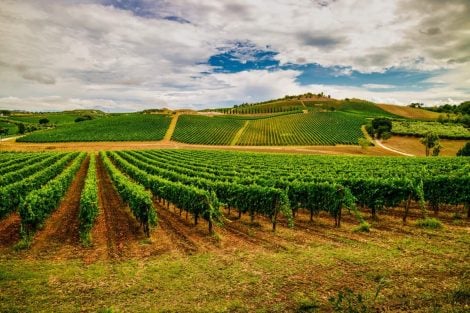
The Best Montepulciano d'Abruzzo with the Best Quality-Price Ratio
Below is a selection of very good and inexpensive Montepulciano d'Abruzzo wines, all reviewed in the Gambero Rosso's Berebene 2024 guide, available in wine shops (and online) for less than 20 euros.
Cortalto 2019. A Colline Teramane with a fairly characteristic bouquet, featuring hints of black fruit and mineral sensations of graphite. It also includes a more distinctive note of aromatic herbs and undergrowth. In the mouth, the tannic structure is abundant, but the sip manages to free itself with a nice savory undertone. The winery is located in Canzano, in the Valle del Fiume Vomano, and is managed by Enrico Cerulli Irelli, who has worked to modernize equipment and agronomic management.
Montepulciano d'Abruzzo 2020 by Nestore Bosco. Alternates balsamic puffs with nuances of dark fruit, and in the mouth, sensations of blueberry and black currant support a tannin of good precision. The winery, founded by Cavalier Bosco in the late 19th century, is guided today by Giovanni, assisted by his children Nestore and Stefania, and boasts a vineyard extending over about seventy hectares in the Colline Pescaresi, mostly concentrated in the Casali di Nocciano area.
The 2020 Montepulciano by Jasci showcases a clear red fruit, floral undertones reminiscent of geranium, and a light, lively, fragrant palate, yet endowed with fruity pulp, drinkability, and dynamism. The Jasci family's vineyards breathe in the warm breezes blowing from the Adriatic towards the gentle hills that serve as the backdrop to Vasto.
Riparosso 2022. Melds blackberry, cocoa, and embers, offering a sip that advances without tannic hesitations or alcoholic dryness on the solid palate. Lorenzo and Stefano Illuminati have embraced the legacy of Cavalier Dino, recently deceased but widely cited as one of the main ambassadors of Abruzzo wine worldwide. The winery produces not only great aging wines but also enjoyable, ready-to-drink Montepulciano.
In the Avegiano 2019, fragrant sensations of red and black fruits describe the clear aromatic profile. The palate is fresh and smooth, the sip is rhythmic and returns to the crisp fruits. A historical entity in Avezzano, the beating heart of Aquila's production, Bove draws inspiration from around sixty hectares dedicated to typical Abruzzese varieties.
Becco Reale. Awarded Tre Bicchieri 2024 in the Gambero Rosso Vini d'Italia guide, it proves that Montepulciano can be a great wine even when not seeking opulence. Clear notes of blackberry, plum, and tar, with a juicy mouthfeel and savory tannins. The Di Carlo family has been involved in viticulture since 1830, aiming to bring Abruzzo and its wines to the forefront of the global wine scene under the new brand, Vignamadre.
Montepulciano Casabianca. Playful and bold, with spontaneous fermentation, it presents blueberry and blackberry notes on the nose and a concrete, solid mouthfeel with tannins providing rhythm to the sip. The company's over 170 hectares are located in Castilenti, in the heart of the Teramane hills, benefiting from an ideal climate for viticulture.
Mo Riserva 2019. Noteworthy again for its advantageous quality-price ratio. Aged in wood, it offers clear notes of dark chocolate and coffee, merging with marasca and visciola suggestions. Well-managed tannic structure and a sapid, progressive sip. Tollo is one of the most prestigious cooperative cellars, established in 1960, producing over 18 million bottles annually from more than 3200 hectares of vineyards. Despite its size, the company maintains high-quality standards and competitive prices, even internationally.
Riserva 2019 by Rocco Pasetti. Awarded Tre Bicchieri 2024 in the Gambero Rosso Vini d'Italia guide, it is among the best Montepulciano tasted this year. Precise wood management provides toasty nuances to a aromatic profile combining ripe dark fruits and pear puffs. Dense yet subtle tannins, well-regimented structure in a savory and progressive sip. Rocco Pasetti established this cellar in Collecorvino twenty years ago, surrounded by vineyards featuring Montepulciano, Trebbiano, Pecorino, and Passerina.
Montepulciano Ruggito 2021. Robust and dense, it manages to stay fresh and sapid, despite the imposing tannic structure. Pecorino Ruggito is characterized by a juicy citrus note, providing fullness and fragrance to the palate. Good performance also for Trebbiano, floral with hints of white fruit.

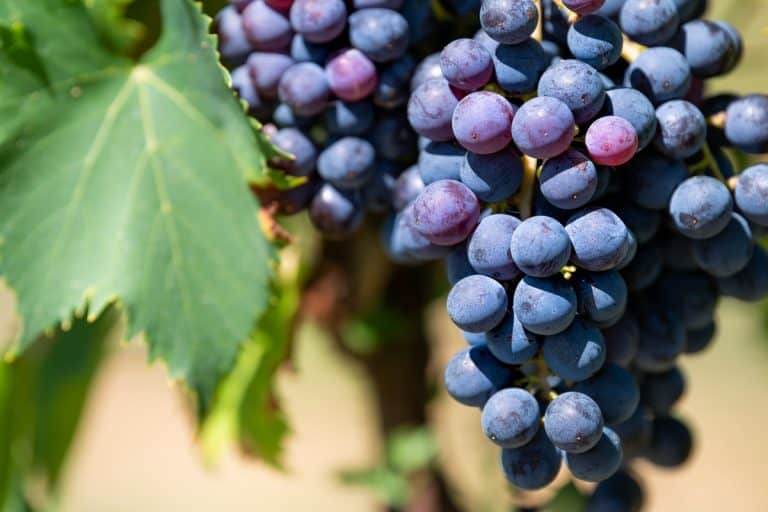
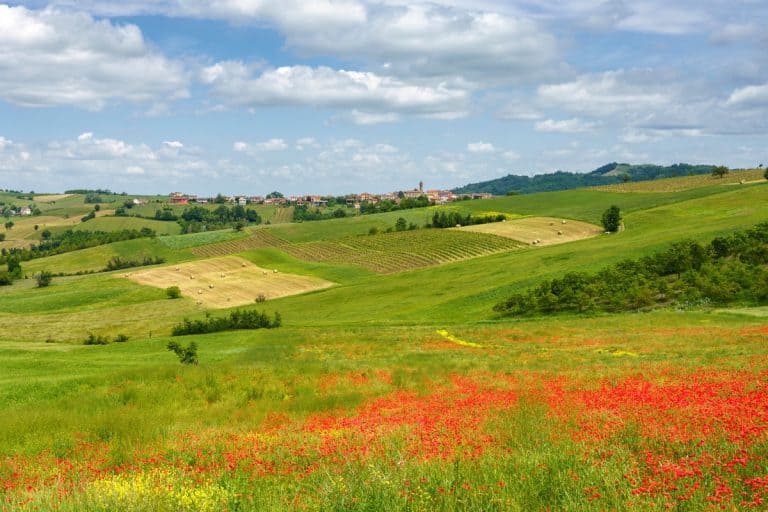 Timorasso: the red wine dressed as white from the Colli Tortonesi. Here are the 16 best labels
Timorasso: the red wine dressed as white from the Colli Tortonesi. Here are the 16 best labels It’s official: China joins the International Organisation of Vine and Wine
It’s official: China joins the International Organisation of Vine and Wine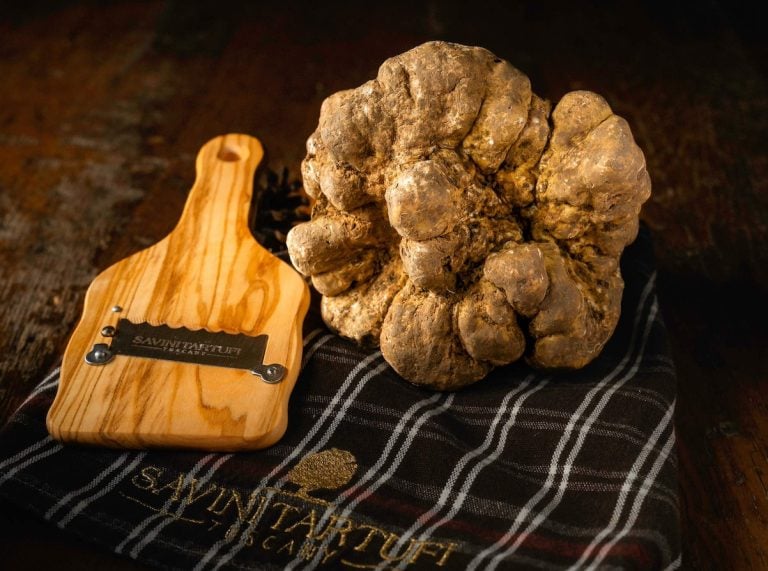 How and where to buy white truffle from Alba at a fair price: tips from an expert
How and where to buy white truffle from Alba at a fair price: tips from an expert The Italian wines with the best value for money: here are the National awards from Berebene 2025 guide
The Italian wines with the best value for money: here are the National awards from Berebene 2025 guide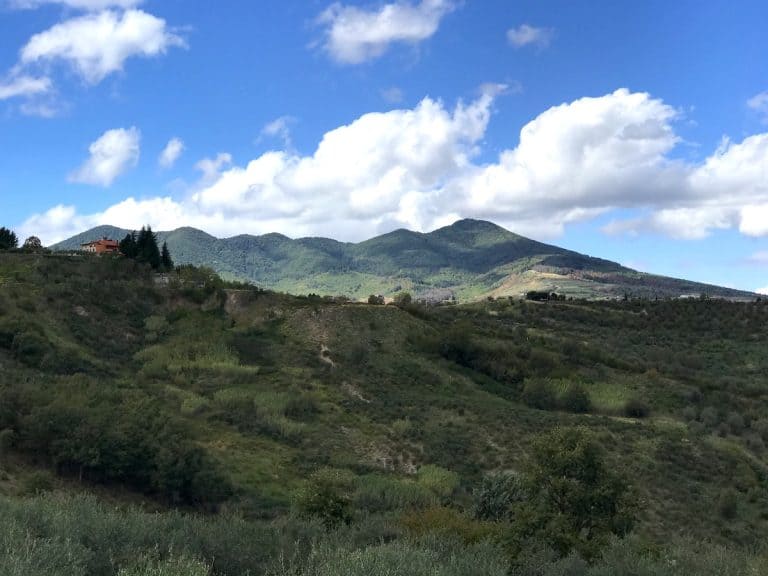 Where to eat in Venosa, the home of Aglianico del Vulture
Where to eat in Venosa, the home of Aglianico del Vulture
